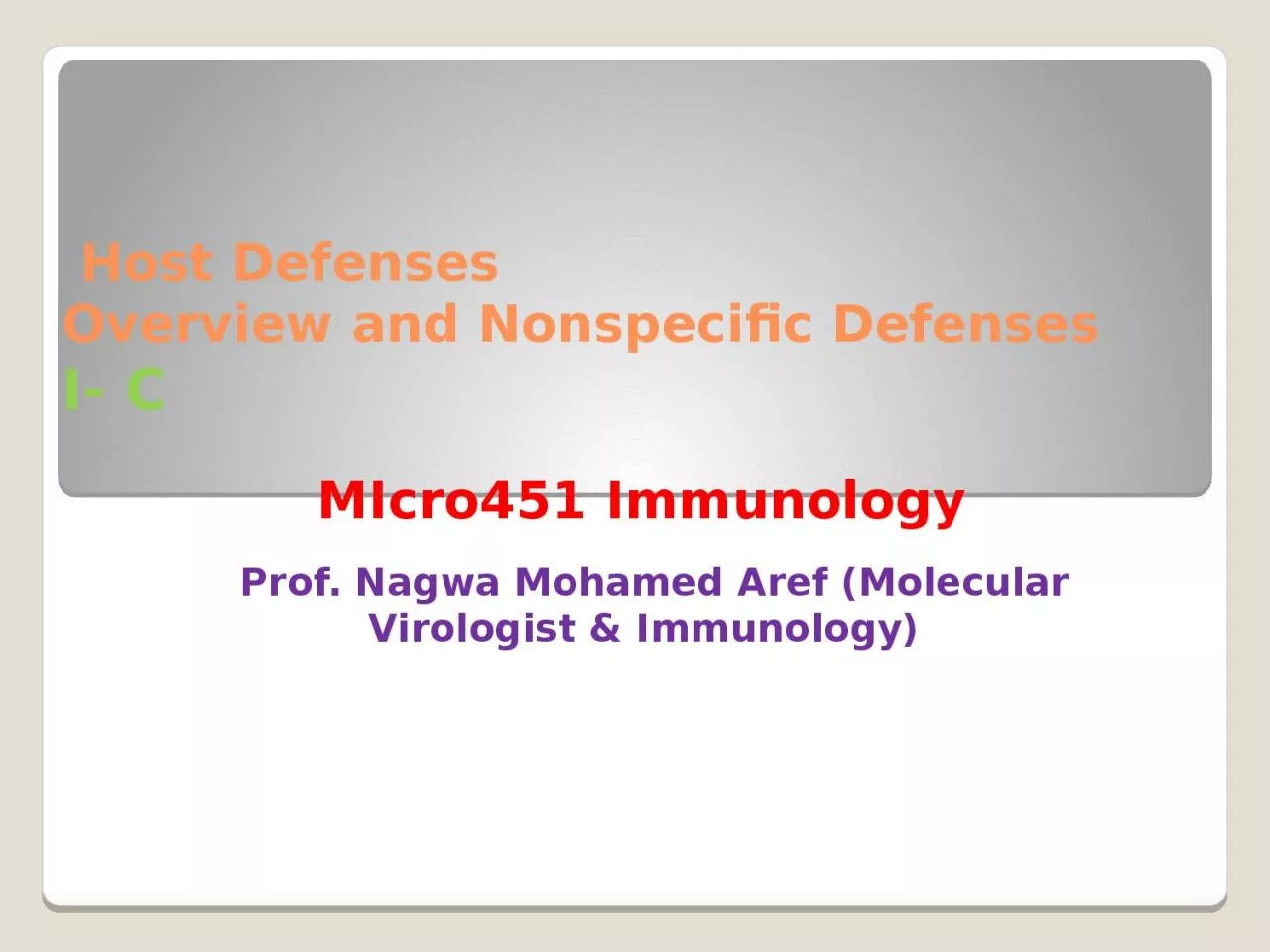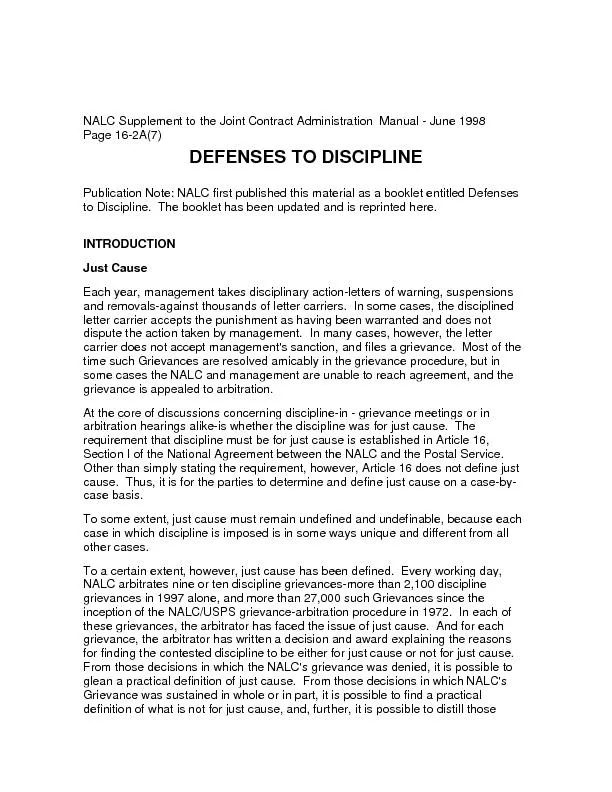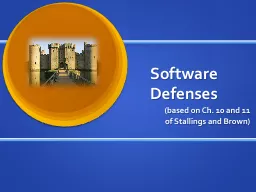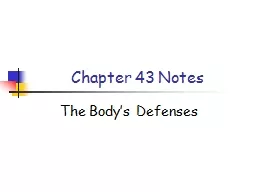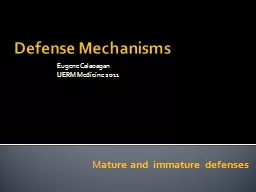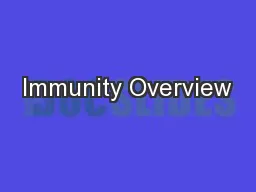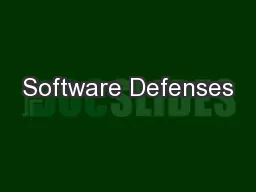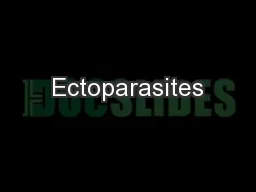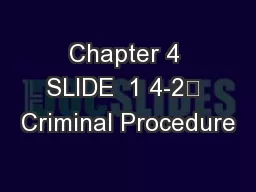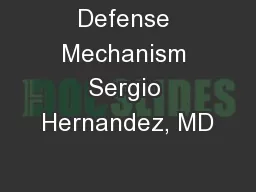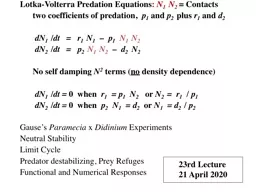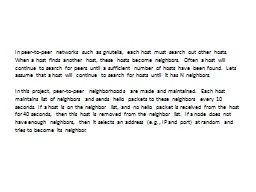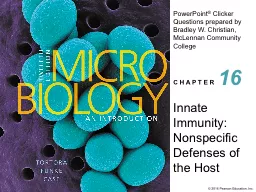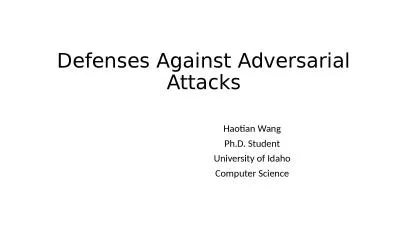PPT-Host Defenses Overview and Nonspecific Defenses
Author : DreamCatcher | Published Date : 2022-08-03
I C MIcro451 Immunology Prof Nagwa Mohamed Aref Molecular Virologist amp Immunology 2 The Second Line of Defense Inflammation Phagocytosis Interferon Complement
Presentation Embed Code
Download Presentation
Download Presentation The PPT/PDF document "Host Defenses Overview and Nonspecific ..." is the property of its rightful owner. Permission is granted to download and print the materials on this website for personal, non-commercial use only, and to display it on your personal computer provided you do not modify the materials and that you retain all copyright notices contained in the materials. By downloading content from our website, you accept the terms of this agreement.
Host Defenses Overview and Nonspecific Defenses: Transcript
Download Rules Of Document
"Host Defenses Overview and Nonspecific Defenses"The content belongs to its owner. You may download and print it for personal use, without modification, and keep all copyright notices. By downloading, you agree to these terms.
Related Documents

